'On the road' for more than seventy years and indispensable: the Volvo station wagons. Designed as a combination of the best of both worlds, with plenty of space, premium comfort and safety. The brand name Volvo and the word 'station wagon' could be synonyms of each other. After all, the Swedes have been successful with this type of family car for decades. They are the real icons of the Scandinavian brand, their image carrier. And yet he disappears from the scene...
End of an era
Last summer it was removed from the Volvo delivery program in Great Britain. It was the end of an era. And now that we are closing: the Volvo Museum is also closed this month. But luckily, something great will take its place in the new year. World of Volvo will open on April 14, 2024 – Volvo's birthday. Take a sneak peek: volvoca.rs/47112Bj #Volvo #WorldofVolvo An inspiring place in the heart of Gothenburg where you will find everything from Volvo under one roof. Fortunately, the heritage is not lost. That would be a shame. The value of this only grows.
Glorious history
Volvo made history in 1953 with the Duett, and later also with the timeless Amazon. Much later, Volvo won hearts with the 850 T-5R and they went fancy with the 960. Today, the Volvo V90 is the standard bearer. He is now going to disappear from the scene. The current automotive world is currently changing rapidly. Volvo is also electrifying. So we will soon only be able to admire Volvos with fossil fuel engines in a museum.
Volvo today
And the purely Swedish Volvo actually no longer exists. The Volvo Cars company has been owned by the Chinese Zhejiang Geely Holding since 2010. But the head office is still located in Gothenburg, Sweden. In mid-November, Geely sold approximately 100 million Volvo Car shares. After this sale, Geely remains by far the largest shareholder and owner of Volvo Car with a 78,7 percent stake.
Which one is your favorite?
When it comes to station wagons, also called combi or estate, few manufacturers have remained as committed to this type of vehicle as Volvo. Volvo proudly claims that before the debut of the V90 Estate in 2018, they sold more than six million estate cars worldwide. That's not wrong! So let's take a look back at some of the highlights in the Swedish car manufacturer's long history of 'long roofs'. Now that Volvo station wagons are disappearing into the past, the question arises: which Volvo Estate is your favorite?
The PV445 / PV445 Duett (1949 – 1960)
The PV445 was the chassis version of the PV444, which could not be supplied in bare chassis form due to its one-piece construction. The mechanical part of the design, as well as the front appearance, were identical to the PV444, with the exception of an additional bar in the grille. From 1949 to 1953, the PV445 formed the basis for small trucks, vans, station wagons and some beautiful coupes and convertibles. None of these were built by Volvo, but by independent body shops. In 1953 Volvo introduced the famous Duett (DH version), based on the PV445. The Duett became legendary. It is the predecessor of Volvo's current estates.
The P210 Duett (1960 – 1969)
The P210 was the successor to the PV445. The type designation changed in the autumn of 1960. The car had the same curved windshield as well as the dashboard that had been used in the PV544 since August 1958. Production of the chassis for special editions ended at that time. Over the years, interest in building special versions had declined and at the same time costs had risen enormously. However, the P210 was still available as a van or estate. During the winter of 1962 a major change was made to the P210. This model also received the B18 engine with 75 hp. The transition to a 12 volt electrical system was another important innovation. The P210 Duett was mainly sold in the Scandinavian markets. The last car in this series was built in February 1969.
P220 Amazon Estate (1960 – 1969)
This model was based on the 121/122 S (Amazon). The car made its debut at the Stockholm Motor Show in February 1962. Never before had Volvo had such an extensive program within one and the same car series than with this expansion. The P220 had four doors and the tailgate was divided into two parts: one part went down and the other part went up. This design was inspired by station wagons from the US. Production of the P220 took place alongside that of the P210, and the P220 was seen much more often outside of Scandinavian markets. This car was another important step towards a station wagon that was more focused on the family. That is why the P220 ultimately played an important role for Volvo as a leading producer of station wagons.
The 145 (1967 – 1974)
At the end of November 1967, Volvo presented the third version in what developed into a complete car series, now known as the 140 series: the Volvo 145! The Volvo 145 was a 5-door estate with an almost vertical tailgate. Everyone agreed that the 145 was a safe, comfortable and extremely practical car. The loading volume was over two cubic meters (2 m³) and the loading area floor was completely flat. This rear design had become a famous feature of all Volvo estates. The Volvo 145 quickly became a very popular station wagon on the market. He played an increasingly important role in the 140 series. The annual changes were largely the same as those introduced in parallel on the 2- and 4-door versions. A visible change occurred in 1970, when the rear side window disappeared in favor of a longer, one-piece window behind the rear doors.
The 245 (1974 – 1993)
The Volvo 245 was actually the first modern Swedish family car. Until the 145s, family versions were rare and rarely truly appreciated. But the outlook was nevertheless positive because of the increase in wages and the growing interest in leisure time. This made versatile models with a large payload attractive. It was a new market that Volvo, which had good experiences in that market segment with the Duett and the 245, managed to conquer by offering what was considered by many to be the first station wagon of the modern era: the XNUMX!
New Generation
In August 1974, Volvo presented a new generation of cars: the 240 and 260 series. These new models were developed based on the 140 series and were very similar to their predecessors. The most important changes were a new front, large bumpers and a further developed chassis with a McPherson type front suspension. In connection with the introduction of the 240 family, a new series of 4-cylinder engines with overhead camshafts was also presented. The previous 4-cylinder was still used for basic versions of the 240 series during a transition period.
First passenger car with diesel
Just like the Volvo 244, the 245 could also be equipped with a V6 engine for a short period. The first 6-cylinder diesel available in a passenger car debuted in the autumn of 1978 – in the Volvo 240. This was a successful alternative in markets where diesel played an important role. Volvo's new car family was developed with strict safety requirements. Safety has always been part of image building. The safety requirements were so high that the safety features of the 240/260 series were introduced as standard by the US authorities. However, the Volvo 245 also set the standard when it came to performance. When the turbocharged 245 version was presented in 1981, it was one of the world's fastest station wagons. The 245 was facelifted twice, for the 1981 and 1986 model years. Towards the end of its life, the 245 experienced a special renaissance.
Safety first!
Safety was crucial for Volvo. Many solutions were hidden under the bodywork. They were derived from the VESC, the Volvo Experimental Safety Car from 1972. A concept that had 70 safety innovations. Think of a body with programmed deformation, ABS with four disc brakes equipped with separate circuits, airbags in the front and an inflatable parcel shelf in the rear, automatic seat belts, folding steering column and McPherson strut suspension. A range of solutions that guaranteed occupant protection in collisions up to 80 km/h. By using experience gained, design costs were limited and production costs were reduced. This allowed the 245 to be offered on the market for a relatively low price. What also made the 245 attractive was its complete equipment. Consider the illuminated seat belt buckles in the front. And what was of course also a strong purchasing argument was the large loading capacity of a car of almost 5 meters long. Including the option to fold down the rear seat. Above average space!
The 265 (1975 – 1985)
When Volvo presented the 1975 model year in August 1976, a new version was on the program: the Volvo 265. For the first time, Volvo now offered a station wagon with a 6-cylinder engine. The Volvo 265 was based on the design of the 245, but with the comfort of a 6-cylinder engine. With the Volvo 265, Volvo strengthened its reputation as a leading manufacturer of station wagons.
The 240 (1983 – 1993)
For the 1983 model year, the rear decal on all 240 models was changed. It no longer read 242, 244 or 245. The badge only stated 240, as part of a new type designation strategy. In practice, however, most people continued to call their cars a 244 or 245. Not surprising, because no large-scale adjustments had been made to the cars.
The 260 (1983 – 1985)
The new strategy for labeling the cars in the 1983 model year produced the 260 instead of the 265. Although the 264 was discontinued in 1982 and replaced by the Volvo 760 GLE, the 5-door station wagon remained in production for a few more years . No major changes were made to the model.
The 760 Estate (1985 – 1990)
With the 760 Estate, which was introduced in early 1985, Volvo came up with what was in fact the best 'estate' in the world. The basic version of the 760 GLE Estate was powered by a further developed version of the French V6 engine, previously used in the 260 series. Later it was supplemented with the fast 4-cylinder turbo version with intercooler and with a 6-cylinder diesel version, also with intercooler. The biggest change to the 760 GLE took place in 1987, when the front appearance was changed. However, unlike the sedan version, the 760 Estate did not have a multi-link rear axle.
The 740 Estate (1985 – 1992)
The best-selling Volvo 760 GLE was further developed, resulting in an expansion of the delivery program in 1984 in the form of the Volvo 740 GLE. This new model was a 4-cylinder alternative to the 760. The estate version of the 740 was introduced in 1985. He owed his success to his reliability and his unparalleled level of safety at that time. What probably made the Volvo 740 Estate one of the most desirable cars in its segment was the abundance of interior space and the loading capacity. Over the years, the Volvo 740 was powered by different engines. Usually 4-cylinder in-line engines with or without turbocharger, but there were also versions with 6-cylinder diesel. The exterior underwent a minor overhaul in the fall of 1988. From August 1990, the Volvo 740 was manufactured in parallel with the 940, after which the latter completely took over from the 740.
The 940 Estate (1990 – 1998)
The Volvo 940/960 range was introduced in the autumn of 1990. The new 940 replaced the 740, which, however, remained in production as the base model 740 GL. The Volvo 940 had a 4-cylinder petrol engine or a 6-cylinder turbo diesel engine, similar to the 960. The 940 Estate became almost as legendary as its predecessor 245/240 Estate. Not least because this became Volvo's last rear-wheel drive model (along with the S90/V90 series). The 940 Estate was very similar to the 960 Estate. But it was more aimed at the general public, as the successor to cars such as the Duett, the P220 Amazon, the 145, the 245/240 and the 740.
The 960 Estate (1990 – 1997)
The Volvo 960 Estate was introduced in the autumn of 1990. It continued the tradition of the 6-cylinder estates in the 760 programme. In the 1995 model year, the 960 Estate underwent an extensive facelift. The restyling of the front provided a fresher appearance. Under the skin, the chassis was almost completely new and a 3-liter version of the 2,5-cylinder engine was added to the previous 6-liter. Another major new feature for the car was the introduction of the latest generation multi-link rear suspension. That system improved comfort and road holding. The end for the Volvo 960 Estate came in the 1997 model year, when the replacement Volvo V90 was introduced.
The 960/V90 Estate (1997 – 1998)
The Volvo V90 was introduced during the 1997 model year to replace the Volvo 960 Estate. If you compare the two models, you will only see minor differences. There were some new interior and exterior colors. It was more about bringing these models into line with the new type designations. It was first introduced in 1995 with the arrival of the Volvo S40 and V40. In 1998, production of the Volvo V90 was stopped.
The 850 Estate (1993 – 1996)
Within two years of the introduction of the 850 GLT as a 4-door sedan, the 1993 850-door estate was unveiled in February 5. The rear of the 850 had the characteristic Volvo profile with an almost vertical tailgate. The Volvo 850 GLT was received with much commotion; Rarely has a new car won as many awards as the 850. The estate version was awarded the prestigious Japanese 1994 Good Design Grand Prize. Over the years, the 850 series was expanded to include more than just the estate. The range includes a wide range of engines, including turbocharged petrol and direct injection turbodiesel. When Volvo decided to return to the circuits in 1994, the company did so under the banner of the BTCC, the British Touring Car Championship. The first Volvo to compete was an eye-catching Volvo 850 Estate with our national racing pride Jan Lammers at the wheel. The Volvo 850 was the world's first car with side airbags, which went into series production in the autumn of 1994. An addition to the 850/V70 range was the first generation AWD (All Wheel Drive) and XC (Cross Country) models. In the 1997 model year, the V70 replaced the 850 Estate.
The V70/V70XC Classic (1996 – 2000)
At the end of 1996, Volvo launched a new station wagon, the V70. The Volvo V70 was developed from the 850 Estate, which had been on the market since February 1993. The exterior of the new S70 showed a softer style than its predecessor, but still had a clear Volvo signature. Including the characteristic, almost vertical back. The dashboard in the car had been renewed, as had most of the interior. An interesting and successful addition to the V70 models were the XC70 models, which were equipped with four-wheel drive. The Volvo V70 was produced until 2000. This was followed by the second generation of V70s.
Parallel to the V70, another station wagon was also delivered from 1995, the V40. Succeeded in 2003 by the V50. AMK thought these two types were too young to include in this story. But for the sake of completeness we mention them. After all, they are also Volvo Estates!
What remains?
Volvo is scrapping the station wagons: what's left? Volvo is a brand that often dares to make rigorous decisions. For example, a while ago it canceled all engines with more than four cylinders. In the Netherlands, the diesels were removed from the delivery program. And all Volvos are limited to 180 km/h. Volvo also plans to be 100 percent electric in terms of propulsion sooner than its competitors. Electrification is the magic word in the car world. This also applies to Volvo. But in keeping with Volvo tradition, an electric station wagon is once again planned. So all that cultural heritage of Volvo Estates from a long-gone past has not been in vain. Bye, bye Volvo station wagon. And: welcome back!
Article with thanks to Volvo Netherlands for the photos and the necessary information.
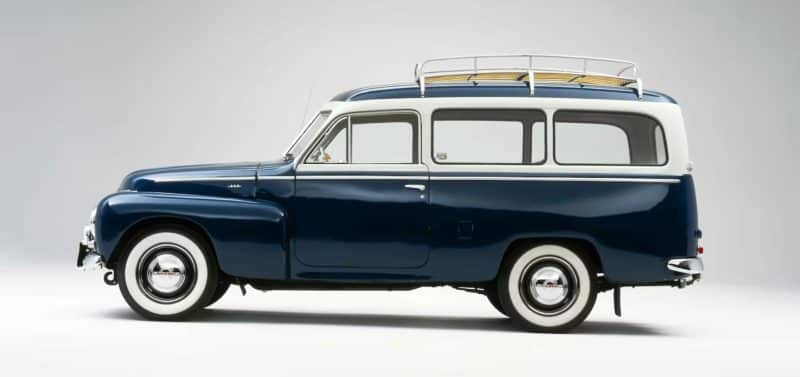

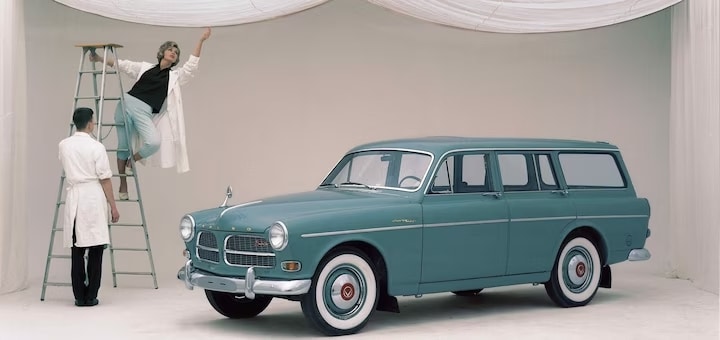
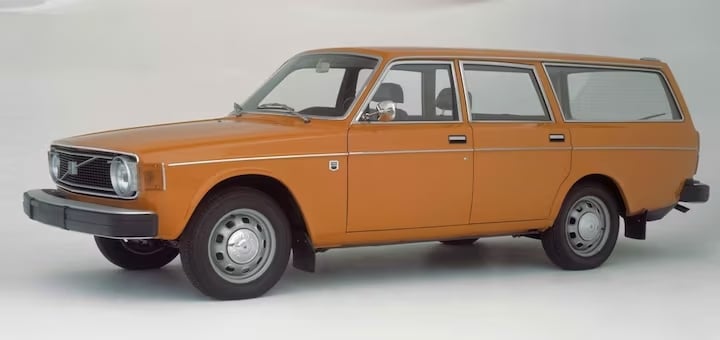
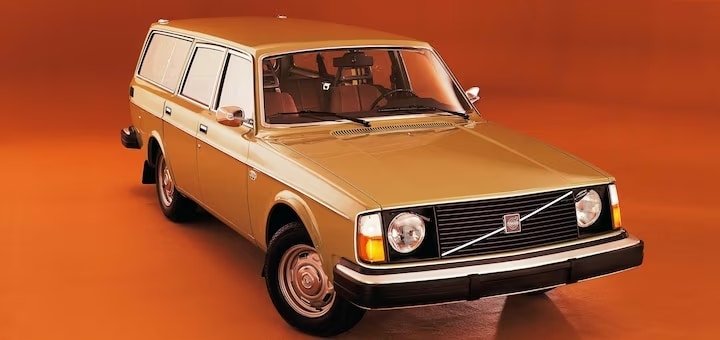

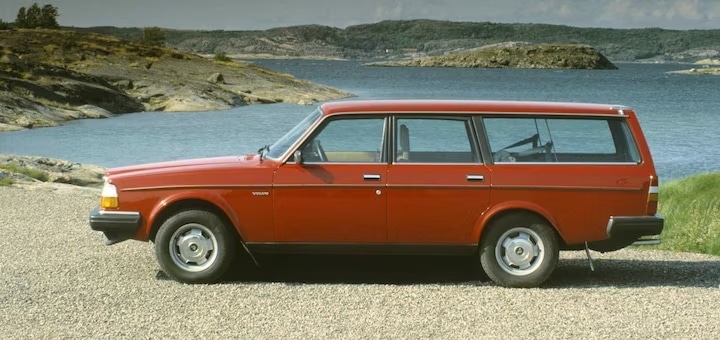

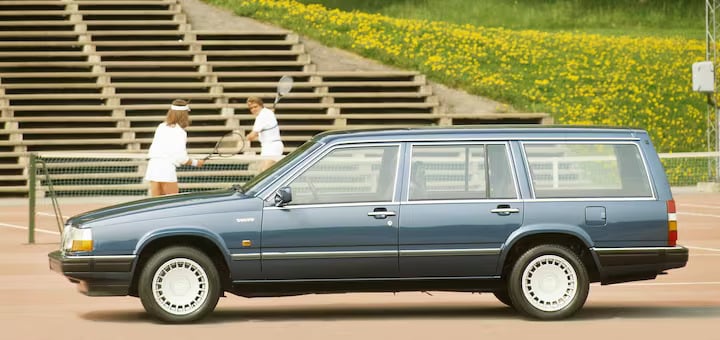
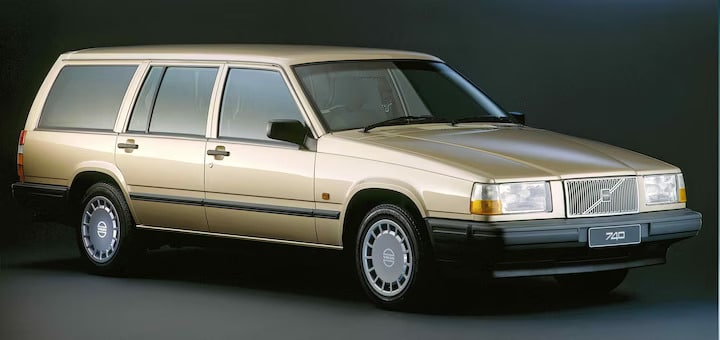

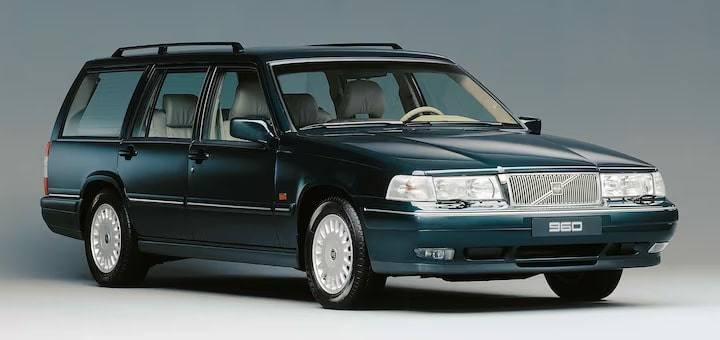
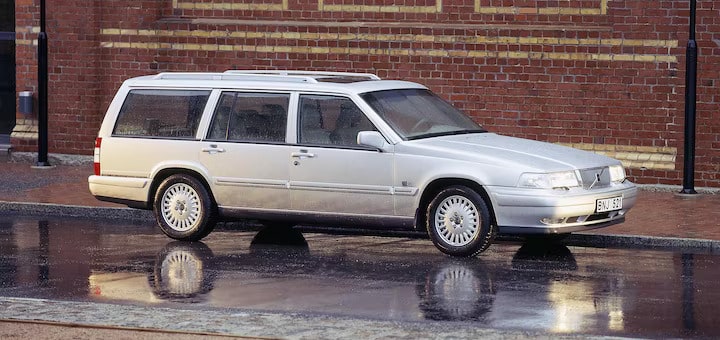
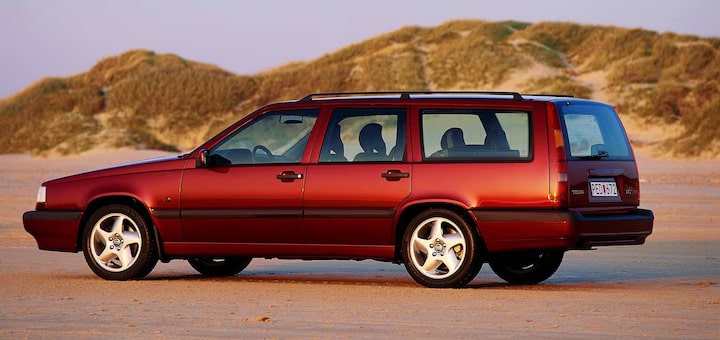

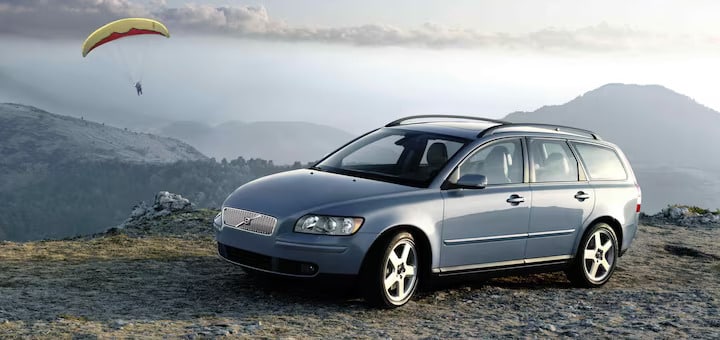
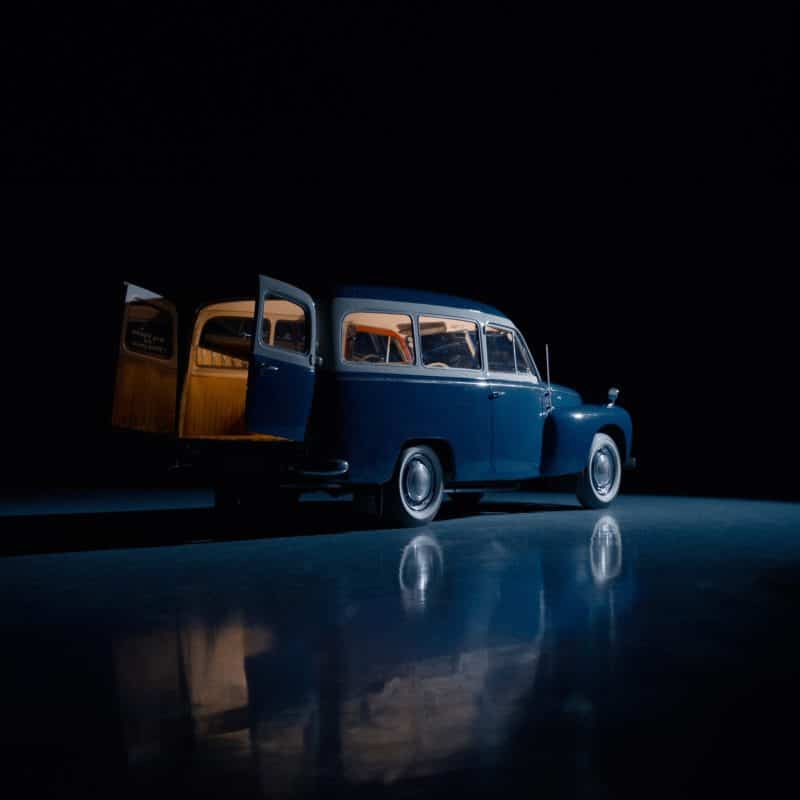
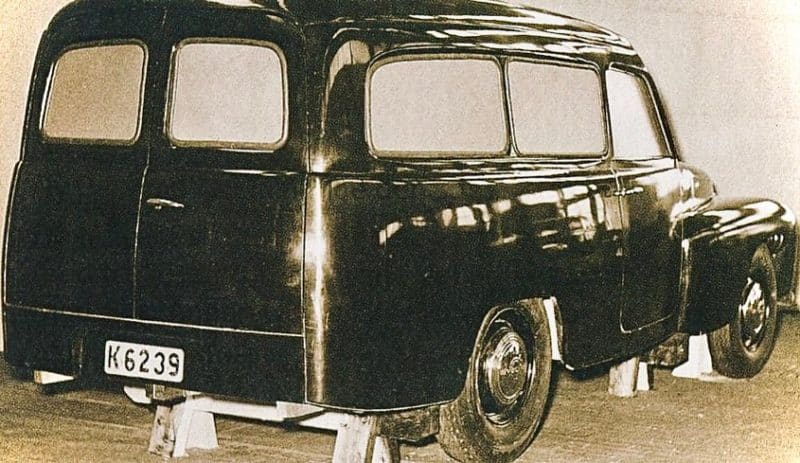

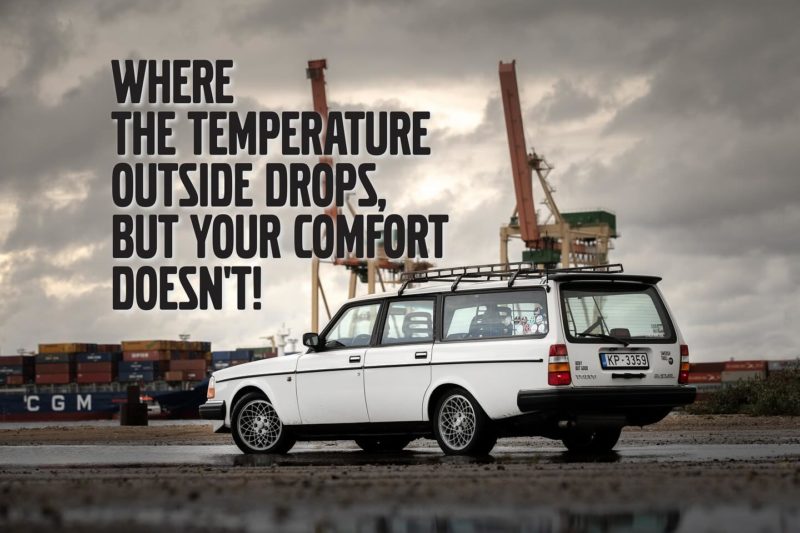

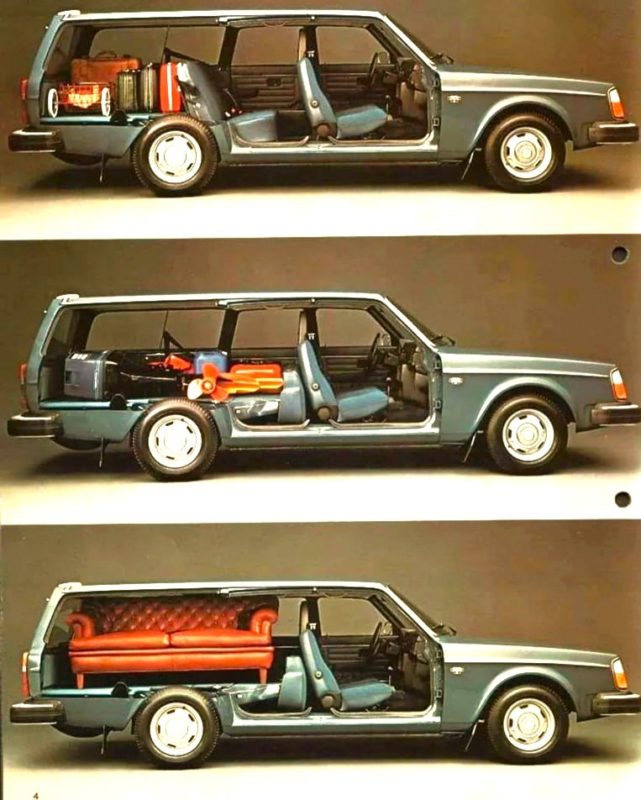
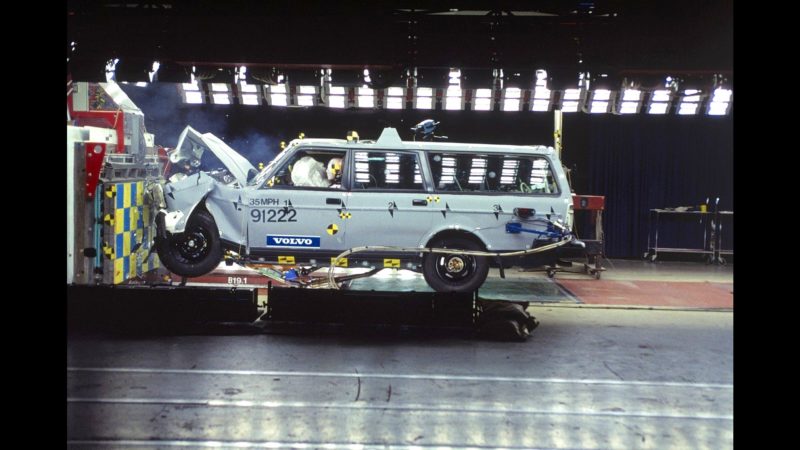

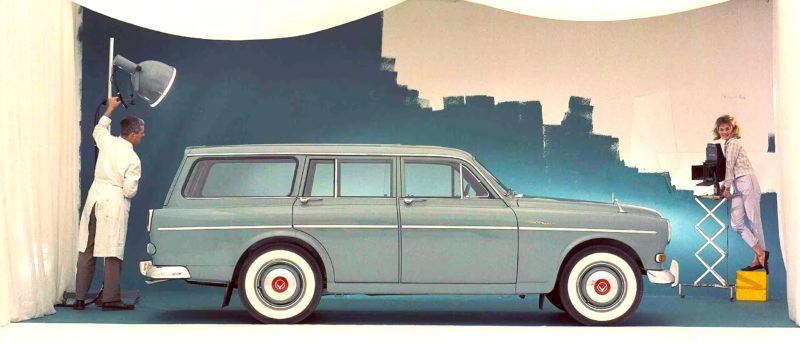



I own 2 Volvo V50s. From 2008, V50 2.4i, with 122.000 km on the clock, original Dutch car. Super fine 5 burner, indestructible, powerful and comfortable. And since Feb 2023 I am the proud owner of a V50 2.5, T5 230 HP from 2011. This car is in original condition, with only 25707 miles! on the counter. Originally built and sold new through a dealer in California USA, but first registered in Japan.
This car is really in new condition and I am convinced that there is no second copy to be found in Europe, with this mileage, latest facelift and in impeccable condition. Original readable production stickers/barcodes are still present on several parts under the car.
I will continue to cherish these 2 icons for years and years to come, if it is up to me!
Hi, I miss the V40 in this story, built in our Limburg.
Hi Jaak, I did mention the V40 but did not elaborate further in the article. See the following paragraph in my text: “Parallel to the V70, another station wagon was also delivered from 1995, the V40. Succeeded in 2003 by the V50. AMK thought these two types were too young to include in this story. But for the sake of completeness we mention them. After all, they are also Volvo Estates!”
Nice article but a shame.
We own an Amazon sedan, combi and a V 70 from '99.
Can't live without it now.
Question:
Which issue of AMK is this article in?
Gerrie
Hello Gerrie, on behalf of Peter, thank you for the compliment. Like most articles on the site, this article is online only.
Nice piece Peter
Such a shame that the most beautiful car in the world is being sold... simple, just the essentials... and a lot of space.
Ever had a transfer. Furthermore, all 2 series you can think of. Now another 92er with 450000 km on the odometer and on to the Czech Republic. It is now becoming a cult car. Was hoping for some innovation citroen VW and Fiat do that would be cool...but unfortunately saying goodbye to a car with a good story...
Nice article, I am the fortunate owner of a Duett and a PV. The Duett is a real all-rounder, not being able to take something with you has not yet emerged.
Nice article, I am the fortunate owner of a Duett and a PV. The Duett is a real all-rounder, not being able to take something with you has not yet emerged.
Were the 6 cylinder petrol in collaboration with Renault and Peugeot? VW's diesels?
The 6-cylinder diesel was indeed the VW LT engine from that time
Nice though! It would have been even nicer if the most beautiful Volvo van, namely the 1800 ES, (in my possession since 1987), had also been included in the series.
This was produced more than 1971 times in the years 1973 to 8000, equipped with a B20E engine with the D-Jetronic injection system, good for 135 SAE HP.
I recently thought that Volvo commercial with a lot of Chinese people around and in that car was a downfall for the famous Volvo. China immediately shows who is the boss in the Volvo house. Too bad they're taking the station car out of the program. Perhaps sales will allow this decision. In any case, I see many of those 'half-finished' Volvo stations on the road. If they are preferred to stations, such a phasing out is of course within reach.
Nice article, valuable description!
The Volvo 240-260 Register with around 600 members will like this article.
Members maintain their cherished 240 as best as possible for a long lifespan and lots of driving pleasure...
Good luck to everyone and a Happy New Year with best wishes!
On behalf of the secretariat of
the Volvo 240-260 Register
http://Www.volvo240-260register.nl
Thanks Peter for the compliment, best wishes for 2024 and greetings from author Peter 🙂
doing business with Chinese is the end
Yes, indeed, we saw that happen at MG Rover in 2005! The Chinese take advantage of the name recognition of the brand they appropriate and then make their own plans. Mi. Volvo still remains reasonably intact within the Geely group. Although the old Volvo culture has disappeared, it has made way for a contemporary model line. Whether you can appreciate those new Volvos if you were always charmed by the original purely Swedish Volvos is of course very personal. Probably not…
I actually like the new (low!) models! But unfortunately, no Volvo has been in the top 10 tests of anything, trouble-free or the like, since “Geely”! Incl. strict English and Tüv/Adac tests! But a so-called “top brand” like Tesla does not get far in this regard. However, they have such a marketing giant, like Volkswagen, that people like to fall for without thinking! Peter also thanks a lot for the beautiful writing in “23, and raises the bar again for “24!
I dare to dispute whether it is only Chinese who do it this way. For example, look at VAG at SEAT. Taken over (or rescued, depending on how you look at it), made popular under the SEAT name and soon no longer available.
Best wishes for 2024 and hopefully another great car year for every enthusiast!
Nice article, valuable description!